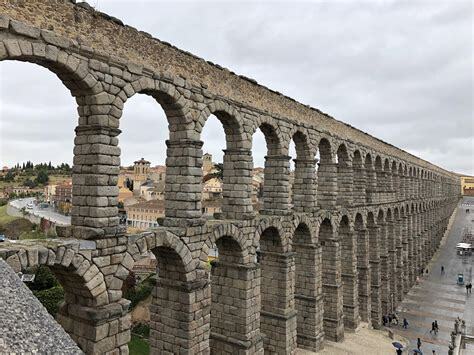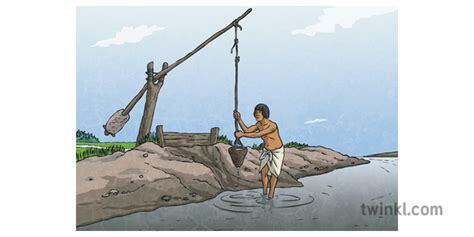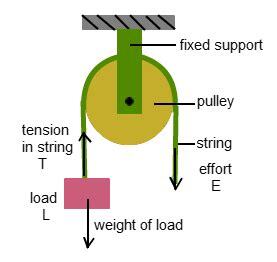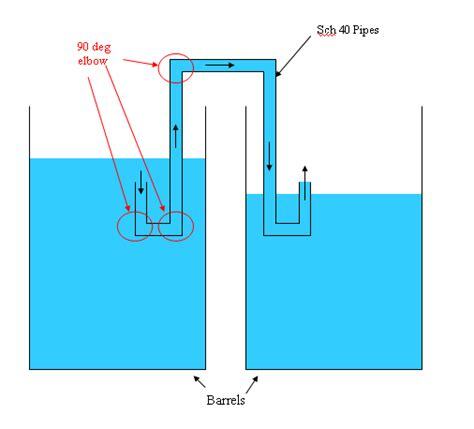Public Water Supply Systems in the Ancient World

Lecture 12: From Source to City – Ancient Water Supply Systems
Understanding Greek and Roman Technology: From the Catapult to the Pantheon
Dr Stephen Ressler (2013)
Film Review
Ressler begins with a explanation of the hydrological cycle, describing how groundwater accumulates in aquifers, which form springs where the aquifer intersects the earth’s surface. Wells, vertical shafts drilled into a aquifer, have been found on Cyprus dating from the 9th millenium BC.
The shaduf, the first mechanical lifting device to move water, originated in Egypt in 2000 BC. The first pulley used to help lift well water dates from 8th century BC.


Most ancient water public systems originate from springs. Cisterns, were which collect rainwater running off a roof or other surface, were a neolithic invention used when aquifers were too deep to make wells practical.
Assyria built the first large scale water systems in the 8th century BC for irrigation and human consumption. Combining dams with downhill channels stretching as far as 20 miles, this technology spread throughout the Middle East, Africa and Spain.
Typical Greek poleis grew up around a spring, with the poleis providing pumped spring water when private wells and cisterns were insufficient. Pipes used for this purposes were made from terracotta segments sealed with plaster and seated into a trench. A few Greek cities built reservoirs to collect spring water.
During the 6th century BC, the Greek island of Saomos built the first aqueduct (known as the Tunnel of Eupalinos) to transport spring water. It was 3400 foot long. The aqueducts built by the later Hellenistic empire were nearly as good as Roman ones. However without arch technology, they couldn’t be raised significantly above ground level.
Where an aqueduct had to cross a valley, Hellenistic engineers used a inverted siphon built of lead pipe. Ressler uses one of his scale models to demonstrate the engineering principles. The siphon works so long as long as the receiving tank is lower than the water source. There were a total of 20 inverted siphons in the Hellenistic Middle East.

The Romans also built inverted siphon aqueducts, although these are really hard to maintain owing to calcium carbonate buildup. With an open aqueduct, it’s easy to remove calcium deposits as they build up. However with closed pipes (as found in an inverted siphon), the entire pipe has to be removed once it becomes blocked.
*Hellenistic period covers the time in Mediterranean history after Classical Greece, between the death of Alexander the Great in 323 BC and the emergence of the Roman Empire in 27 BC.
Film can be viewed free with a library card on Kanopy.
https://www.kanopy.com/en/pukeariki/watch/video/146678/146702
The Most Revolutionary Act
- Stuart Jeanne Bramhall's profile
- 11 followers



